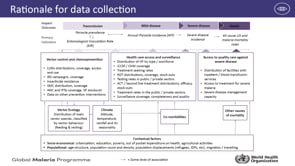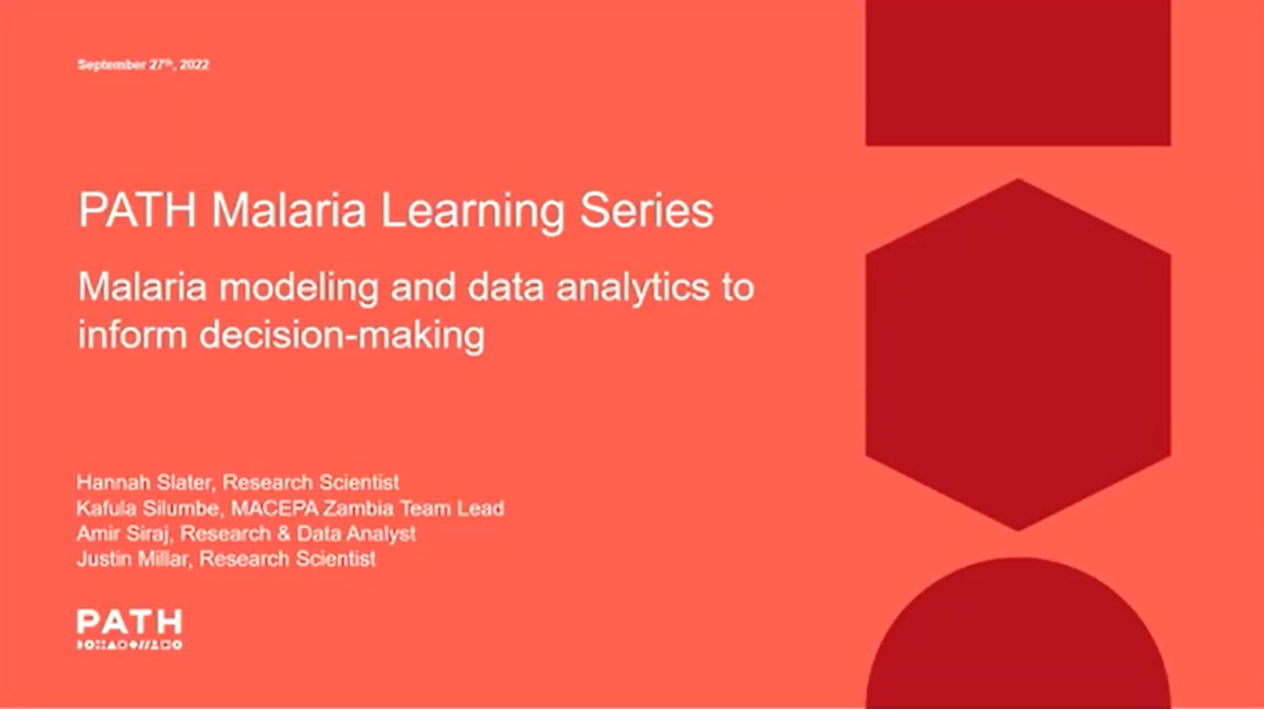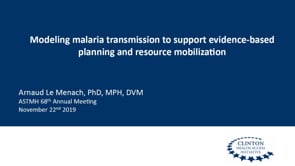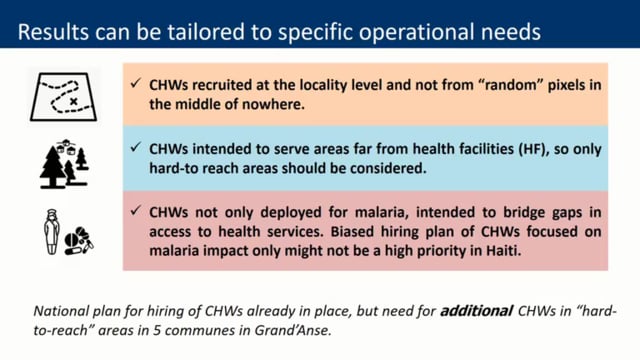ASTMH 2019, Beatriz Galatas: “Using mathematical modeling to inform stratification and intervention prioritization in the WHO ‘high burden to high impact’ initiative”
Collaborator(s): World Health Organization (WHO), Switzerland
Published: 22/11/2019
In collaboration with ASTMH, Image Audiovisuals, and session presenters, MESA brings you this webcast from the 68th ASTMH annual meeting in Maryland, November 2019
Title: “Using mathematical modeling to inform stratification and intervention prioritization in the WHO ‘high burden to high impact’ initiative”
Speaker: Beatriz Galatas, World Health Organization, Geneva, Switzerland
Session information:
November 22, 2019, 4:00 PM – 5:45 PM, Maryland B (Ballroom Level)
Abstract:
Malaria modeling provides a unique and powerful platform to better understand the transmission and epidemiology of this disease, to guide decision-making, and to inform malaria strategy by testing the impact of multiple scenarios on future transmission trends. However, there remain challenges for the use of malaria mathematical models to inform country strategic and operational decision-making, and models remain too often a theoretical exercise. Ensuring models can be applied in countries would rely on close collaboration between modelers and country decision-maker to define the objective of the country program, collate available data, test different scenarios through an iterative and participatory approach, and communicate complex analysis. This symposium will present the use of mathematical models by global malaria organizations and national malaria control programs (NMCPs) to guide decision-making at different levels, from the development of global and national malaria strategies to country-level stratification for the purposes of optimal implementation of interventions. The symposium will highlight how close and long-standing partnerships between malaria modelers and other groups of malaria policy makers have enabled productive collaborations, combining diverse and multidisciplinary skillsets to optimize our learnings and provide a data-driven platform for developing evidence-based malaria strategies. The first speaker will describe how malaria modeling has been used by the World Health Organization to guide decision-making, with a focus on the role modeling is playing in the “High burden to high impact” initiative. The second speaker will describe how a collaborative modeling exercise between Tanzanian NMCP and the Swiss TPH was used to evaluate the feasibility of the objectives set by the Tanzanian country program and later to inform the update of the latest National Strategic Plan that include a stratification of interventions in Tanzania. The next speaker will present results from a collaboration with MACEPA/PATH detailing the how strengthened surveillance and data systems in Zambia, in combination with mathematical modeling, have been used to evaluate past interventions and to guide stratification and the optimal targeting of malaria interventions. Finally, the last presenter will describe how modeling has been used to estimate the feasibility of malaria elimination in Colombia, and to use this evidence package to elicit the mobilization of national financial and political will to achieve this goal.



